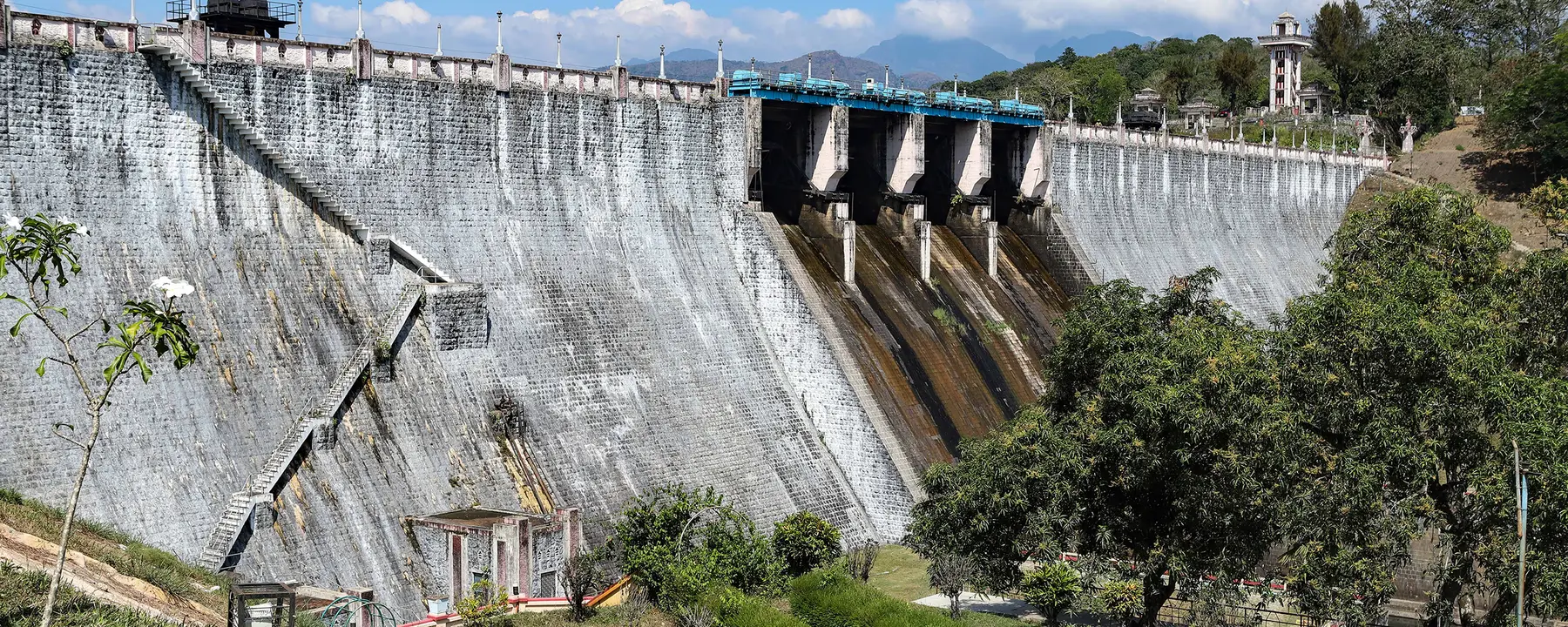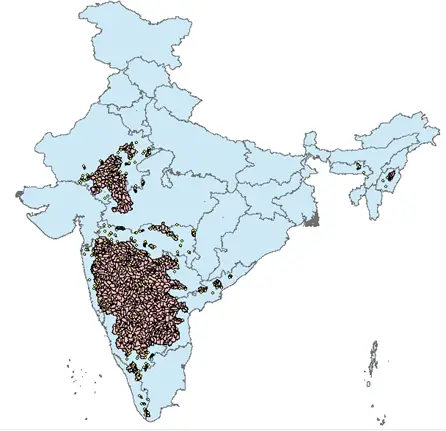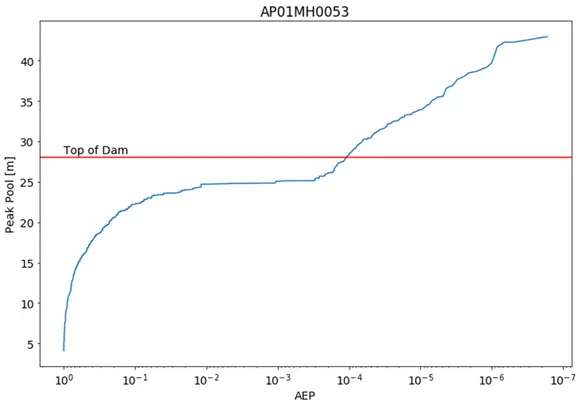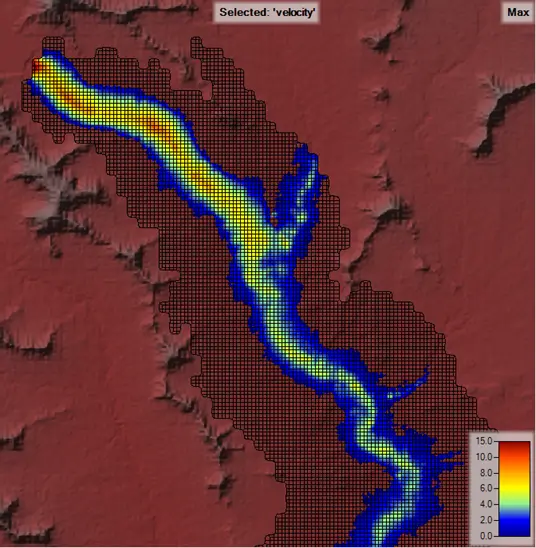A quantitative approach to maintenance and upgrades for more than 5,000 dams in India
India has the third greatest number of large dams in the world with more than 5,700 either existing or under construction. These dams provide important services for the population of India, including flood mitigation, water supply, fisheries, recreation, and more. But as the of dams age, there is an increased need for maintenance, upgrades, and inspections to help reduce risks to downstream populations and economic sectors. These challenges are not unique to India – globally, aging dams require upgrades and rehabilitation. In the United States, an estimated $23 billion is required to rehabilitate high-hazard dams, most of which is for the larger collection of non-Federal dams.
In support of the proposed World Bank-funded Second Dam Rehabilitation and Improvement Project (DRIP-2) in India, RTI utilized components of our analytical Rapid Risk Suite to assess components of a portion of India's dam portfolio and develop initial metrics of potential risk at a portfolio scale. This project was unique for several reasons including the scale, process, and application of these rapid risk tools that demonstrates the scalability for larger portfolio assessments within a risk-informed paradigm.
Why Rapid Risk Assessment?
Full quantitative risk-assessment (QRA) investigations require detailed site-specific data, healthy budgets, and sufficient time for completion. More simplified analyses, such as Indexing methods, are affordable and rapid but do not provide measures of risk, only relative risk scores. There's a need for a solution between these extremes that uses quantitative approaches for initial estimation of risk. RTI's Rapid Risk Suite is a collection of tools scalable to portfolios for efficient and affordable risk estimation.
For this study, RTI utilized the following tools to assess potential risk at 100 dams:
- RTI WxGen: Precipitation frequency estimation for each watershed using global data sources
- RTI QFreq: Multiple hydrologic model generation and inflow frequency estimation
- RTI Breach: 2D breach modeling for flood wave estimation
- RTI Impacts: Consequence estimation including estimates of populations at risk
Although different components of the probabilistic risk analysis process are available throughout the industry, this study was unique in bringing them together into a single probabilistic rapid risk assessment process.
Hydrologic models account for the runoff, streamflow, and reservoir routing upstream of a dam given some precipitation event. These models were run not just with different precipitation storm depths, but with collections of precipitation templates, used during repeated sampling to scale various storm spatial and temporal patterns. Starting soil moisture conditions were sampled using estimates from satellite remotely sensed products. Upstream reservoir levels were sampled from seasonal guide curves. Despite its many components, the entire process was considered 'rapid', as we were able to complete 100 dams in a few weeks’ time, while including many of the components used in full-scale quantitative risk analyses that can typically take months to years for a single dam.
Assessment of consequences is also a significant component of risk analyses, and the rapid risk assessment process streamlined the automatic development of 100 different 2D model geometries and execution of breaches at a range of headpond levels. Breach hydrographs were developed directly from HEC-HMS model output, which were triggered at the peak reservoir pool elevations. These hydrographs were routed downstream through 2D model geometry domains resulting in datasets of inundation zones and peak depths. The entire process was automated allowing both the rapid development and execution of the models.
Another key component of the risk process is understanding the probability of failure given a loading condition (e.g. probability of failure for a peak ground acceleration, probability of failure for certain depths of overtopping, etc.). When brought together with the probability of loadings and the consequences, estimates of risk can be developed. For the India risk assessment effort, project data that were consistently available across the portfolio were used to create an estimate of these system response probabilities creating standardized failure probability comparisons across the portfolio. Full quantitative risk assessments would use site-specific information and on-site condition assessments to further develop these probabilities.
Advantages of a Risk-Based Approach
Risk-based methods have many advantages over deterministic and standards-based approaches, but the drawback historically has been the time and cost to conduct such an analysis. The tools and processes implemented with the India DRIP project provided a tremendous improvement over standards-based approaches by estimating risk using probabilistic-based approaches that can scale across a large portfolio.
As a result of this process, a rapid assessment of portfolio-level risk was developed for supporting prioritization of project improvements based on the highest risks. Emergent benefits include the rapid identification of projects with insufficient spillway capacity; estimates of downstream breach inundation impacts at projects without existing emergency action plans with rapid automated model development; and estimates of risk-based economic consequences across the portfolio to support probabilistic, rather than standards-based, informed capital investment decisions.
By the Numbers
0
Dams Assessed
0
Hydrologic Simulations
0
2D Breach Runs
0
Subcatchments
0 km2
Area of Models
0
Storm Templates
0 hours
Approximate Run-time (total, all models)




